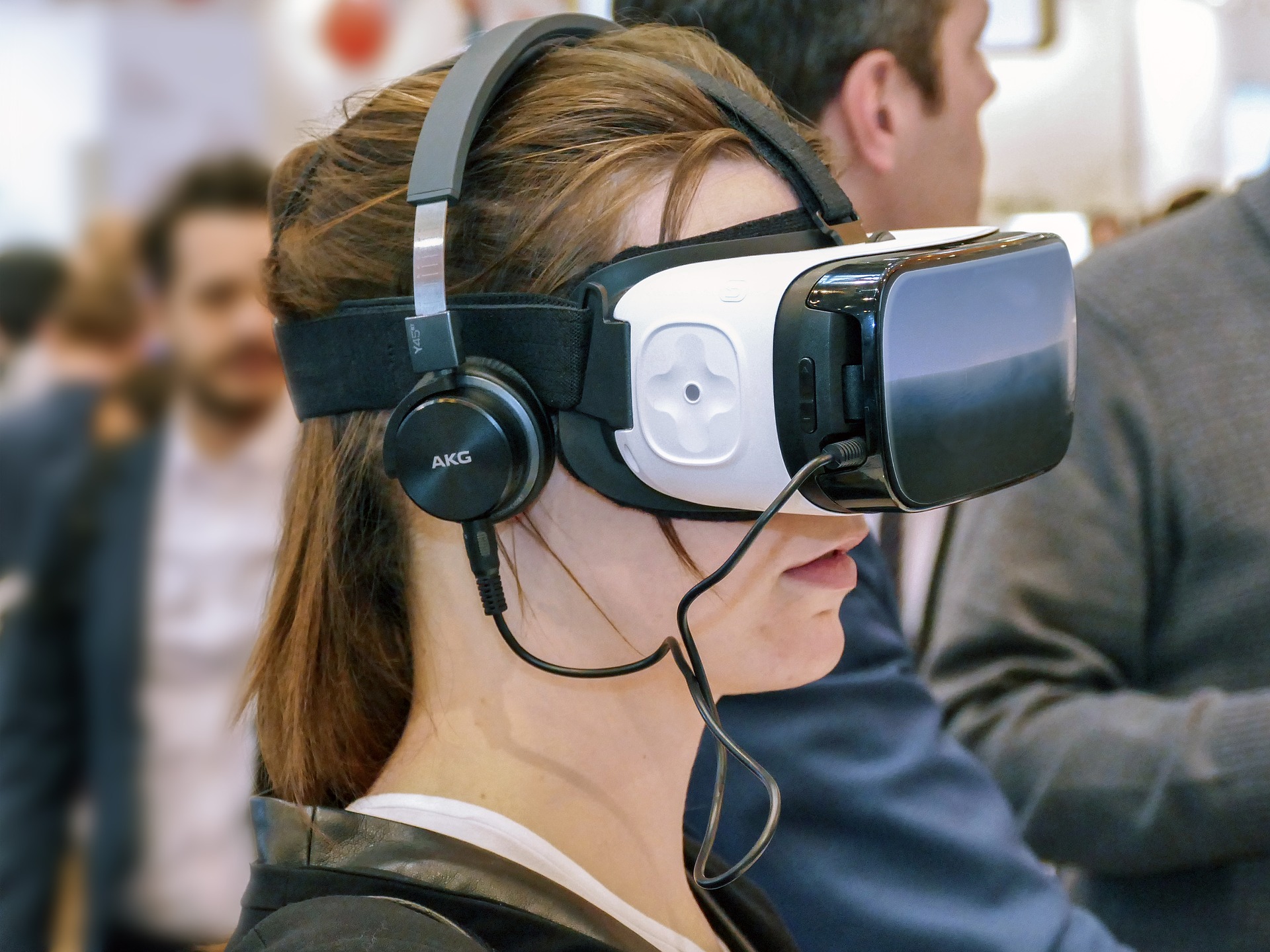Protecting trade marks in virtual reality

While the trade mark system seems to embrace the expansion of trade marks to Virtual Reality, an intervention is required when an interplay between the virtual and real-world exists.
Registering virtual trade marks
Trade mark protection is acquired through registration for goods and services under the Nice Classification (“NCL”). The European Union Intellectual Property Office (EUIPO) Guidelines advise that any digitalized information that can be downloaded falls under Class 9 NCL, and is referred to as virtual goods.
Class 9 NCL, includes all computer programs and software. However, Class 9 is a goods class and therefore regards the carrier of downloadable intangible items, not the programming itself. Nevertheless, Microsoft has registered with the EUIPO the trade mark “MINECOIN” for goods under Class 9 of NCL, while the trade mark is used for in-game currency that can be purchased with real money and used in-game to buy other virtual goods, among others. An in-game currency, seemingly, can fall under the category of goods.
On the other hand, the intangible form of virtual goods may advise classifying them as services, for example under Class 42 NCL. Class 42 NCL includes the service of designing virtual goods, in particular the design with an aesthetic or artistic nature and the development of computer software. For example, the virtual brand Aimee Weber, the avatar of Alyssa LaRoche in Second Life and owner of a virtual shop that sells virtual clothing for avatars, was registered as a trade mark with the US Patent and Trademark Office for services under Class 42 NCL. However, it does not cover the virtual good per se.
Given the hybrid nature of virtual goods, trade mark owners have sought protection for both Classes 9 and 42 of NCL (e.g. MINECOIN).
Trade mark protection both in the virtual and real world
As the digital market is becoming a new market, often, not only the virtual good needs to be protected but also their real-world equivalent. For example, RTFKT, the creator of custom virtual sneakers and collectibles designed for the virtual world, has filed a trade mark application for both goods under Class 9 NCL (virtual goods) as well as goods under Class 25 NCL (footwear). While digital sneakers can be classified as virtual goods under Class 9 NCL, it is difficult to see how digital sneakers can fall under footwear in Class 25 NCL as well when they function as clothing for avatars. No real-world equivalent of these digital sneakers exists (as of yet).
As a result, this choice made by the trade mark proprietors to overcome the limitation of protection only in one of the worlds by registering the mark for both virtual and physical goods seems to complicate matters. Registering virtual sneakers in Class 25 NCL could lead to the revocation of the trade mark due to a lack of genuine use of the mark in that class. However, this threat only becomes real five years after registration. This time span may present a valid option to obtain protection at least for five years against real world counterfeits. It may also be used by some right holders to enter the real-world market after all.
Conclusion
When it comes to the registration of trade marks used for trading virtual goods, it seems that Class 9 NCL and/or Class 42 NCL can be used and it creates enough protection against virtual counterfeits. However, the inconsistency of trade mark offices to accept the registration of virtual trade marks for both of these classes can create ambiguity on the nature of virtual goods.
Nevertheless, in cases of an interplay between the virtual and real-world, registration of trade marks for the above-mentioned goods/services does not provide protection when it comes to counterfeit real-world goods. Trade marks for virtual goods do not apply to the real world, it seems.
In my master thesis for the IPKM programme 2020/21, I discuss that one solution could be to create new classes in NCL for the respective virtual good of the real-world good in which their unique nature is precisely explained. For example, a new class 25.1 could be created for a virtual sneaker. Another solution could be the creation of a Virtual Trade Marks Office for the registration of virtual trade marks, registration of which would also provide prior rights when it comes to the real world.
| Written by Nensi Seferi, IPKM alumna 2020/2021 - More blogs on Law Blogs Maastricht |